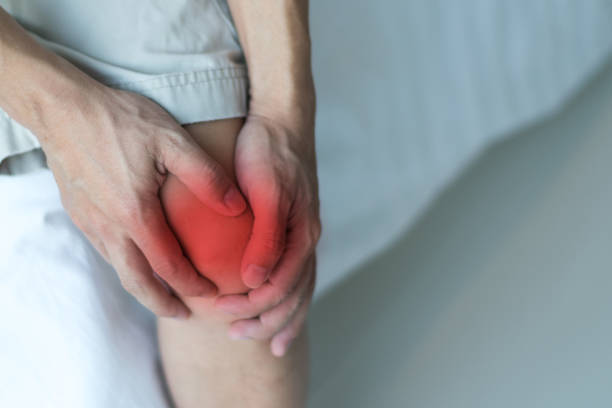
Meniscal ramp lesions: rediscovering the past
17/10/2022
Riccardo Cristiani 1, 2; Anders Stålman 1, 2; Karl Eriksson 3, 4; Per Hamberg 4, Jack Lysholm 5 & Romain Seil 6, 7
1 - Department of Molecular Medicine and Surgery, Stockholm Sports Trauma Research Center, Karolinska Institutet, Stockholm, Sweden
2 - Capio Artro Clinic, FIFA Medical Centre of Excellence, Sophiahemmet Hospital, Valhallavägen 91, 11486 Stockholm, Sweden
3 - Department of Orthopaedics, Stockholm South Hospital, Stockholm, Sweden
4 - Karolinska Institutet, Stockholm, Sweden
5 - Umeå University, Umeå, Sweden
6 - Sports Clinic, Centre Hospitalier de Luxembourg-Clinique d’Eich, 78 Rue d’Eich, 1460 Luxembourg, Luxembourg
7 - Sports Medicine and Science, Luxembourg Institute of Research in Orthopaedics, Luxembourg, Luxembourg
Most of the relevant literature [5, 8, 15, 16, 21, 32, 37] reports that meniscal ramp lesions were first described by Strobel in 1988 [34]. Like many others, I (the first author) was under the same impression. However, during my visit to Prof. Romain Seil in Luxembourg (as a recipient of the ESSKA DePuy Knee Arthroscopy Fellowship), I learnt that these lesions were described in Sweden before by Per Hamberg, Jan Gillquist and Jack Lysholm [17].
It was back in 1983, when Hamberg et al. [17] published their study “Suture of new and old peripheral meniscus tears”. This prospective study was carried out from January 1977 to June 1980. The term “ramp lesion” had not been created at that time and that is why the authors called these lesions “vertical peripheral tears of the meniscus”. They diagnosed these tears through the Gillquist view with a 30- or 70-degree arthroscope and, if a tear was identified, a repair was performed through a mini-arthrotomy behind the posterior oblique ligament. Using their technique, the edges of the tear were debrided with a curette or a scalpel and two-to-four interrupted 2-0 Vicryl sutures were used to repair the meniscus back to the capsule. At a mean follow-up of 18 months, the authors reported clinical healing (no meniscal symptoms) in 84% of their patients. In addition, 64% of these patients underwent a second-look arthroscopy showing that all the repaired tears had healed. The authors therefore recommended the systematic exploration of the posteromedial compartment of the knee and repair of these tears, even in chronic cases, as they can be expected to heal after repair. These findings were quite revolutionary. At that time, several authors recommended total meniscectomy for peripheral tears of the meniscus in combination with ligament injuries [24, 25, 31], even though complete meniscectomy had already been associated with knee osteoarthritis and increased laxity [11, 14, 18, 26]. DeHaven et al. [12] and Cassidy and Shaffer [7] reported the healing of meniscal tears repaired soon after injury, but this was not proven by second-look arthroscopy.
With their study, Hamberg et al. [17] were the first to describe the meniscus tear that was later named “ramp lesion” by Strobel [34]. According to Hamberg and Lysholm, one of the reasons why they discovered these tears was because of the routine use of the trans-patellar Gillquist portal which allowed easier exploration of the posteromedial ramp area. Even though, since the 1980s, the Swedish pioneers continued systematically to explore the ramp area and repair ramp lesions, these lesions were neither discussed nor the subject of research for almost two decades when they were eventually highlighted again in South Korea by Ahn et al. in the early 2000s [2, 3]. In a recent editorial commentary, Seil [29] hypothesised that one of the reasons for the two-decade neglect of these injuries might be that orthopaedic surgeons have focused too much on the anterior cruciate ligament (ACL) itself, thereby paying less attention to the other intra- or extra-articular structures. Despite knowledge of the association of these tears with ACL injuries, the systematic exploration of the posteromedial ramp area has not been emphasised for decades.
